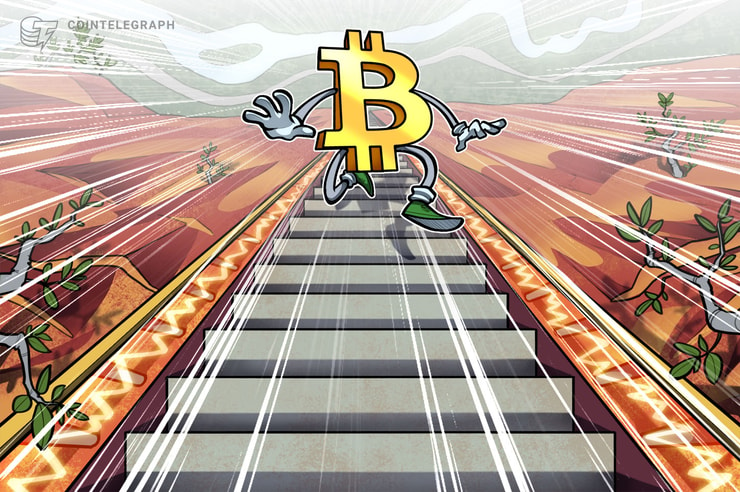What is an NFT drop – everything you need to know

Non-fungible tokens (NFTs) have become the hottest topic in crypto. It’s no longer a secret as everyone jumps at the opportunity to make their own NFTs and release them to the public for people to buy.
AN NFT drop is something you see every single day, so it is important to understand all aspects surrounding drops.
What is an NFT Drop
Simply put, an NFT release refers to a digital event where there is a release of an NFT collection to the public. The main reason for the release is mainly for sales and promotion. The blockchain project fixes the drop event scheduling at a date and time.
Many NFT drops come with purchase limits, which apply to the number of NFTs you can make in one transaction. Buying on delivery is also a great way to save money.
NFT drops seem to have no end of abundance. This is because brands and businesses benefit from this technology.
In simpler words, NFT drops are similar to limited edition collectibles released by popular brands and celebrities. Interested collectors and investors then pay for them.
Types of NFT drops
Not every NFT drop is the same. Drops vary according to project design and marketing tactics. Some projects ask you to mint the NFTs at a specific date and time. On the other hand, others require you to follow a set of instructions before allowing you to purchase the collectibles. Some even have a user waiting list for those who want to acquire the NFTs.
There are some drops, as we see;
Standard drops
They are by far the most common type of token drops, enabling buyers to prioritize NFT collections. With the first-come, first-served rule, users can purchase the collectibles until the last of the limited edition NFTs are sold out.
Using smart contracts, projects can also limit how many NFTs a single wallet can hold to still allow for broad distribution and participation.
English auctions
At English auctions, the sale of assets takes place through bids, from a lower value to a higher value. The highest bidder wins the asset. In NFTs, platforms and marketplaces take the auction responsibility for artists who are on the side of selling limited 1/1 NFTs.
Open editions
In an open sale, buyers can mark the NFT collection for a specific period before the window closes. The NFT collection contains the total number of digital assets minted in the time frame. This type of drop seeks to create a special rush and hype, tempting more users to participate in the project.
Where to find NFT drops
Promising NFT drops are hard to come by as several projects look for a chance to cash in on the hype. However, it is good to note that not all NFTs will bring any profit in your pockets. Some may end up bottling them as well.
There are different ways to find credible NFT drops, but be ready to DYOR for a chance with authentic NFTs.
The best places to find NFT drops include;
- Social media (Twitter, Instagram, LinkedIn, YouTube, Clubhouse, Facebook)
- Direct messages (Discord, social media)
- Word of mouth
- Metaverse
- Marketplaces
- Podcasts
Rules to follow when finding an NFT drop
Finding the next best non-fungible token project can be extremely exciting. However, there are some things to avoid when going all-in on an NFT drop:
- Avoid buying NFTs that you don’t like.
- Avoid buying a drop before doing your research.
- Avoid becoming a victim of a scam.
- Avoid falls that are not within your budget.
- Avoid buying drops just because they are cheap.
There can be some very tempting urges to dive into another drop. This comes with the fear of missing out, causing you to lose your entire paycheck. That is not the way. DYOR on the projects when you acquire your digital asset on drop day.
How to buy an NFT
To make the most of an NFT decline, a few things are necessary for any buyer:
- Have a crypto wallet like Metamask or Coinbase to buy and hold tokens.
- Buy cryptocurrencies such as Ethereum, USDT, Bitcoin or other tokens accepted by the NFT project.
- It is necessary for some buyers to have a profile on NFT marketplaces such as OpenSea and NiftyGateway, as many artists host their collections on popular platforms.
- Find and register for the NFT drop you are interested in
- Make sure you buy an NFT you like.
Avoid scams and scams
NFTs have been nothing short of a digital miracle. However, not every symbol is a lifetime opportunity. One should look for a few things in an NFT collection, including utility value, rarity rating, artist credibility, etc.
Fraudsters find their way into the industry through blackmail to take advantage of unsuspecting buyers by creating false hype around bogus projects.
Try to research the developers and artists behind the collection before jumping on the hype.
Final thoughts
Participating in an NFT drop allows one to collect a digital item at the lowest price, which can give you a decent return on investment.
NFT drops act like a company’s opening day. They take advantage of cross-platform marketing tactics and advertising.
But before you buy, do your research, invest in things you love, and don’t risk more than you can afford to lose.

Vincent Munene is a freelance writer and a big blockchain enthusiast. Blockchain has changed his life in terms of financial freedom and in return he enjoys educating people and keeping them updated on all things blockchain. He is a biochemist by profession and also loves to play the piano.
























